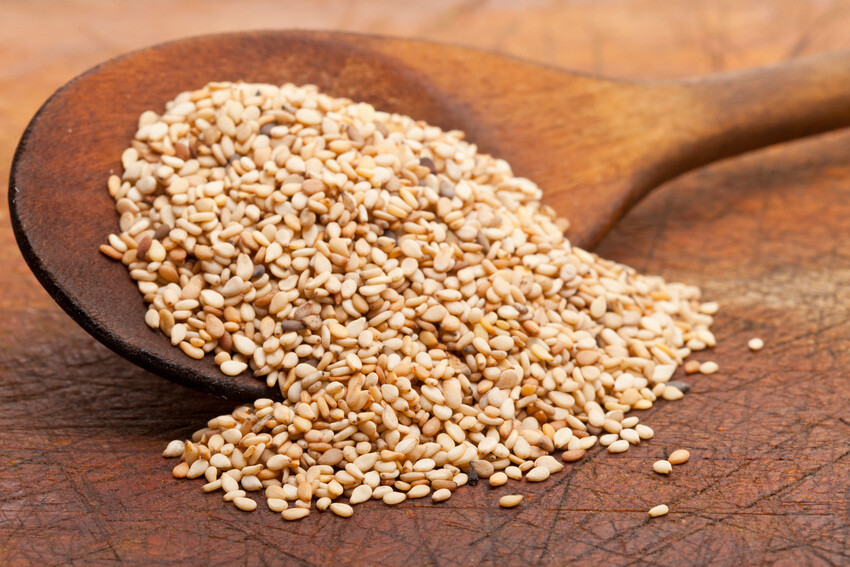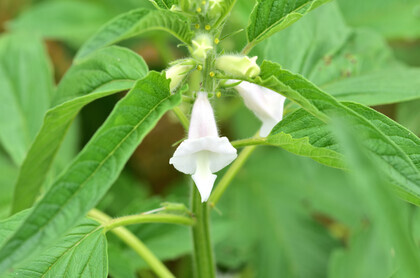


Sesame Seeds
Sesame is believed to be one of the first plants used to create edible oils, as it has a particularly high oil content compared to other seeds.
Sesame has been used as a food for at least 5,000 years. Originating as a wild plant in sub-Saharan Africa, the commercial varieties now mainly come from India, and are grow across most of the tropical and subtropical regions of the world. The husk is removed from the seeds as it contains oxalic acid, which can give a bitter flavour, and is known to inhibit calcium absorption.
FORMATS
- Whole
OTHER POINTS TO NOTE
Sesame seed capsules automatically open when the seeds are ripe- perhaps the origin of the phrase 'open sesame'! The discovery in the 19405 of a 'mutant variety, with seed pods that don't naturally open, allowed breeders to develop a plant that produced less natural wastage and could be mechanically harvested.
COUNTRIES OF ORIGIN
- Tanzania
- India
HARVEST
- September through April
VARIETIES
Sesamum types originate from Africa, while indicum types are Indian. For most, the easiest way of differentiating the seeds is by colour, as sesame seeds come in shades of brown, red, black, yellow, and the most common seed, a pale greyish cream. Darker shades tend to be used for oil production, while the lighter seeds are used for baking and snacking
NUTRIENT HIGHLIGHTS
- A source of Protein, containing over 17g per 100g
- A source of Fibre
- Zero Cholesterol and very low in Sodium
- 73% of the calorific value comes from fats, but this includes good levels of healthy fats
- High in Polyunsaturated fats
- Key vitamins include Thiamin, Vitamin B6, Niacin and Folic Acid
- Key minerals include Copper, Manganese, Calcium, Magnesium, Iron, Phosphorus, and Zinc
